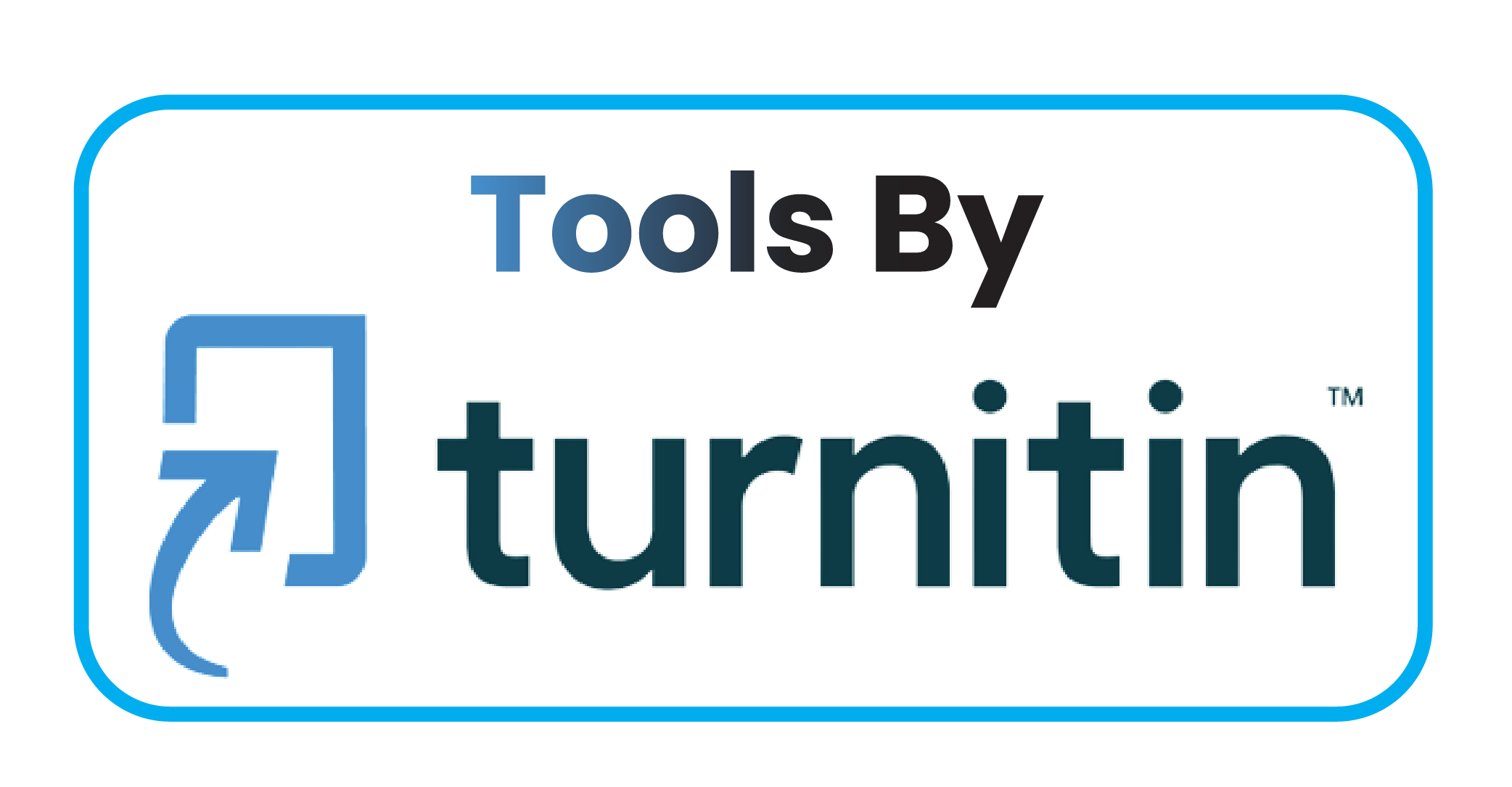Smart Lock System for Optical Distribution Cabinet Using RFID and Hydraulic Mechanism
DOI:
https://doi.org/10.59888/ajosh.v3i11.598Keywords:
Optical Distribution Cabinet, Radio Frequency Identification, Arduino, Smart Lock, Hydraulic MechanismAbstract
Optical Distribution Cabinet (ODC) is a critical component in fiber optic network infrastructure, often located in public places and vulnerable to unauthorized access and vandalism. Traditional mechanical locking systems have limitations in terms of security and operational efficiency. This research presents a Radio Frequency Identification (RFID)- based smart lock system integrated with a hydraulic mechanism to improve security and access efficiency at ODCs. The system utilizes Arduino Uno microcontroller as the main controller unit, MFRC522 RFID module for user authentication, hydraulic actuator as the door opening mechanism automatically, and status indicators in the form of buzzer and LED. When a valid RFID card is detected, the system activates the solenoid to unlock and the hydraulic actuator automatically opens the ODC door. A green LED lights up to indicate access is accepted, while a red LED lights up and a buzzer sounds if access is denied. The test results show that the system is able to respond to RFID input with an optimal distance of up to 4 cm and successfully open the ODC door automatically with a hydraulic actuator. The implementation of this system is expected to replace conventional locking methods and improve operational efficiency in managing fiber optic network infrastructure.
Downloads
Published
Issue
Section
License
Copyright (c) 2025 Lisda Asdianty, Uke Kurniawan Usman, Akhmad Hambali

This work is licensed under a Creative Commons Attribution-ShareAlike 4.0 International License.
Authors who publish with this journal agree to the following terms:
- Authors retain copyright and grant the journal right of first publication with the work simultaneously licensed under a Creative Commons Attribution-ShareAlike 4.0 International. that allows others to share the work with an acknowledgement of the work's authorship and initial publication in this journal.
- Authors are able to enter into separate, additional contractual arrangements for the non-exclusive distribution of the journal's published version of the work (e.g., post it to an institutional repository or publish it in a book), with an acknowledgement of its initial publication in this journal.
- Authors are permitted and encouraged to post their work online (e.g., in institutional repositories or on their website) prior to and during the submission process, as it can lead to productive exchanges, as well as earlier and greater citation of published work.










